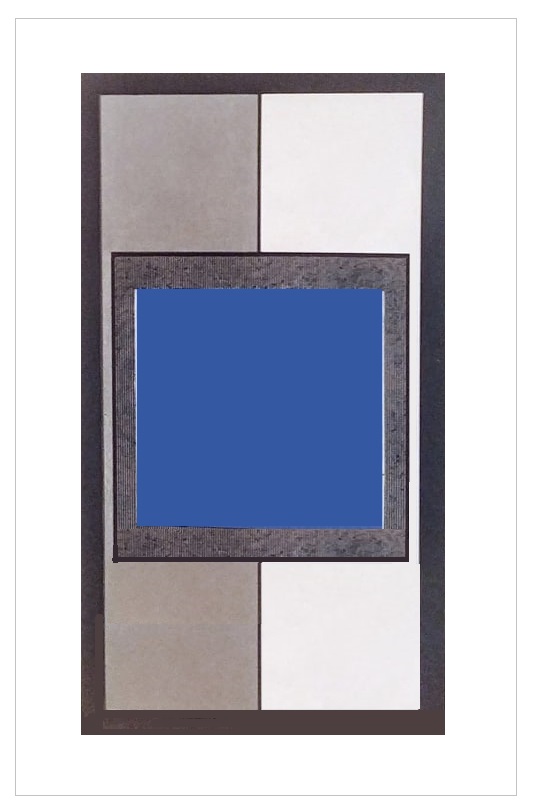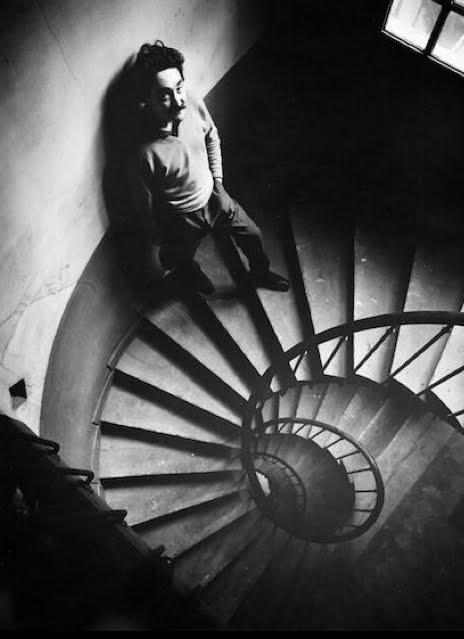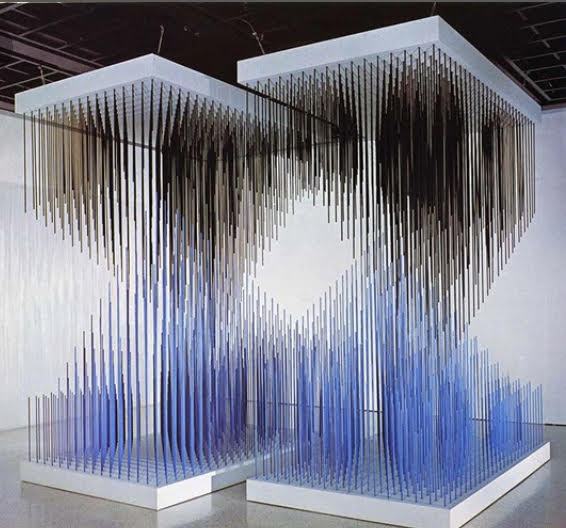

Jesus Soto is internationally recognized as a leader in optical and kinetic art with major works that are remarkable for illusions of sensory vibrations. He was born in Ciudad Bolívar, Venezuela, in a middle-class environment where he was always drawing and also developed a passion for guitar as a young person. The guitar became one way to support himself as he developed his artistic career. In 1950, he moved to Paris after completing studies at La Escuela de Artes Plásticas Cristóbal Rojas de Caracas in 1947 and teaching at Escuela de Bellas Artes de Maracaibo. In 1955, he was part of a ground-breaking exhibit as part of the group “Le Mouvement,” which included works by Alexander Calder, Marcel Duchamp and Viktor Vasarely. The theme of the show was movement as a means of expression.

This led him to create even bigger sculptural works that people could walk through and enter, called “Penetrables,” including enormous outdoor works. For many of these works he used industrial paint, steel and nylon. He was commissioned to create a work for Houston Museum of Fine Arts in 2004. This was his final and most ambitious “Penetrable” which consists of thousands of strands hanging from ceiling that create a floating yellow orb and are meant to be touched and handled as viewers walk through. He was to create 25 “penetrable” works in his lifetime. He has exhibited in major museums all over the world and his works are part of permanent collections including the Guggenheim and Museum of Modern Art. He did not forget his hometown of Ciudad Bolívar, where he helped found a museum dedicated to his work and other modern art that opened in 1973. He died in Paris in 2005.
Jesus Soto – El Cuadrado Cobalto Serigrafia/silk screen
Jesus Soto es reconocido internacionalmente como un líder en arte cinético y óptico con obras que son extraordinarias en hacer ilusiones de vibraciones sensoriales. Nació en Ciudad Bolívar, Venezuela en una familia de clase media donde siempre estaba dibujando y también desarolló una pasión para la guitarra cuando joven. La guitarra fue una manera que se ganó la vida mientras se desarolló como artista. En 1950 se mudó a Paris después de terminar sus estudios en la Escuela de Artes Plásticas Cristóbal Rojas de Caracas en 1947 y de ser maestro en La Escuela de Bellas Artes en Maracaibo. En 1955 fue uno de los participantes en una exhibición innovadora del grupo “Le Mouvement” que incluyó a Marcel Duchamp, Alexander Calder y Viktor Vasarely. El tema de la exhibición fue el movimiento como la base de la expresión. Después creó obras mas grandes donde los especatodores podían meterse llamados “Penetrables” e incluyendo esculturas gigantescas al aire libre. Para muchas de estas obras usó pintura industrial, acero y nilón. Recibió una comisión por Houston Museum of Fine Arts en 2004. Esta fue su último “Penetrable” y el más ambicioso que consiste de miles de cuerdas de nilón colgadas del techo que forman un óvalo gigante amarillo flotante que la gente puede tocar y manipular mientras se meten al bosque de hilos. En su vida creo 25 “Penetrables” además de otras obras que se han exhibido en todo el mundo y que son parte de colecciones permanentes del Guggenheim y Museum of Modern Art. No olvidó su pueblo natal y ayudó a crear un museo dedicado a su arte y otro arte moderno en Ciudad Bolivar en 1973. Murió en Paris en 2005.
